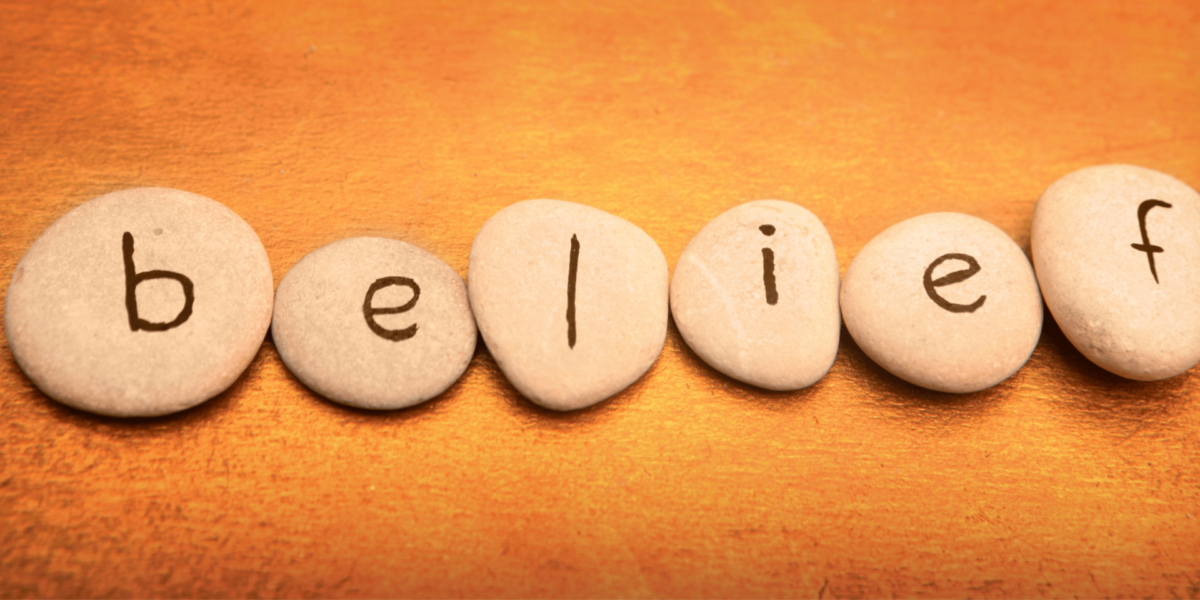Unspoken Beliefs Influence Daily Choices Without Detection
Unspoken beliefs guide many of the decisions people make every day. These beliefs often form without deliberate thought, shaped by culture, upbringing, and repeated exposure to certain ideas. Because they operate quietly in the background, they go unnoticed while affecting how people respond to challenges, relationships, and opportunities.
A person facing a new situation may act with hesitation or confidence, not because of the facts in front of them, but because of a deeply held belief about their role or worth. These internal ideas act like filters, coloring how people perceive their options and how they judge outcomes.
Social Conditioning Reinforces Unquestioned Norms
From a young age, individuals learn what is “normal” or “acceptable” through repeated messaging. Family expectations, school environments, media exposure, and peer pressure work together to shape core beliefs. Over time, these beliefs become assumptions—unchallenged views that influence behavior even when they no longer apply.
Someone may avoid asking questions in a group because they were taught to equate silence with respect. That belief, left unchecked, prevents them from speaking up—even when doing so could lead to progress. The belief goes unspoken, yet it controls action.
Fear of Judgment Keeps Beliefs Hidden
People often remain silent about their beliefs out of fear of being judged or rejected. In professional settings, social circles, or public spaces, this silence becomes a survival tool. It protects the person from confrontation but also prevents growth or meaningful dialogue.
A worker may hold a different opinion in a team meeting but choose not to share it. The fear that their view will be misunderstood outweighs the desire to contribute. In this way, silence becomes both a shield and a barrier, shaped by the hidden belief that being accepted is safer than being honest.
Internalized Beliefs Affect Risk-Taking and Goal-Setting
The goals people set—and the risks they’re willing to take—reflect their internal stories. If someone believes they are not “the type” to succeed in a certain area, they may avoid trying, even if the opportunity is realistic. This self-filtering limits growth and shapes long-term outcomes.
A person considers applying for a new role but assumes they won’t be selected. The belief that they aren’t qualified prevents them from acting, even though no one has told them this directly. The decision not to apply comes from a silent belief, not a clear fact.
Silence Perpetuates Inaccurate Perceptions
When people don’t challenge unspoken beliefs, those beliefs can continue to distort how they interpret situations. This leads to false conclusions that feel true. Without reflection or feedback, inaccurate beliefs go uncorrected and become part of how someone defines reality.
A student receives feedback on a project and immediately assumes failure. The belief that they’re not capable reinforces this response, even if the feedback was constructive. Without examining this reaction, the belief remains unchecked, shaping future performance.
Beliefs Influence Relationships and Communication
Unspoken beliefs shape how people connect with others. Assumptions about trust, loyalty, gender roles, or power often drive how people relate, even when no one explicitly discusses these ideas. When beliefs conflict, misunderstandings or tension arise without clear reasons.
Two friends drift apart because one feels unsupported. The underlying belief that emotional support should be shown through action—not words—drives resentment. Since this belief remains unspoken, the other person remains unaware, and the relationship suffers.
Cultural Beliefs Guide Collective Behavior
Entire groups may share unspoken beliefs that shape how they function as communities. These collective norms affect how people dress, speak, or express emotion. Challenging these norms may feel uncomfortable, even when they no longer serve the group well.
In a workplace where overtime is seen as a sign of loyalty, people may stay late even when their work is finished. The shared belief ties value to visibility, and no one questions it openly. Over time, this leads to burnout and frustration that could have been avoided.
Breaking the Silence Requires Intentional Reflection
To change how unspoken beliefs influence decisions, individuals must take time to reflect. This involves noticing automatic reactions, questioning assumptions, and exploring their origins. Without this reflection, change remains difficult.
A person starts to notice they avoid leadership opportunities. Instead of dismissing it, they ask why. As they trace their hesitation back to a belief formed in childhood, they realize it no longer fits their current skills or environment. This awareness opens the door to new behavior.
Open Dialogue Challenges Harmful Beliefs
Discussing beliefs with others helps break their silence. Honest conversation allows for clarification, alternative perspectives, and potential revision. Even uncomfortable topics become more manageable when addressed in open, respectful environments.
In a team setting, someone expresses concern about being heard. The group pauses to discuss communication dynamics, and others admit they’ve felt the same. The belief that only certain voices matter loses power once it’s named and challenged.
Creating New Beliefs Builds New Behaviors
Once a harmful or outdated belief is identified, it can be replaced with one that supports growth. This doesn’t happen overnight—it requires repetition and practice. But with time, new beliefs become automatic, shaping choices in healthier ways.
Someone once convinced they weren’t creative begins to try small art projects. Over time, their experience contradicts the old belief. A new understanding forms: they are capable of creative work. This belief reshapes how they see themselves and what they pursue.
Awareness Leads to Better Decisions
Unspoken beliefs influence every part of life, from the choices people make to how they interact with others. While these beliefs often form without awareness, they don’t have to remain hidden. Through reflection, dialogue, and intentional action, individuals can challenge the silent forces that shape their paths.
Breaking the silence isn’t just about speaking out. It’s about seeing what’s been quietly directing choices—and deciding whether that voice still deserves to lead.
